.

Is It Possible To Grow Organic Cannabis With Hydroponics?
In a world plagued by unsustainable practices, growing organically is becoming an increasingly necessary venture. The natural assumption is that organic cultivation needs to take place in soil to be truly “organic”. Does that mean hydroponic growing can never be considered organic, or is there more to it than that?
THE DEFINITION OF ORGANIC CULTIVATION
The best place to start our exploration of whether hydronic grows can ever be considered organic is with the definition of organic growing. According to the US Department of Agriculture (USDA), “organic regulations require that your crop rotation plan maintains or improves soil organic matter”. The keyword here is, of course, “soil”. In hydroponics, any growing media used is considered inert. As such, nutrients are supplied directly to the roots through an oxygen-rich solution that surrounds the root system.
Surely that makes the question easy to answer? A lack of soil in hydroponics means it does not adhere to the rigid framework of organic growing. The debate about hydroponics has risen from the degree to which we can grow organically. Yet, organic growing isn’t solely about the medium you use.
The idea of growing organically means considering the impact on the wider environment, operating sustainably, and encouraging natural processes. The food web in soil-based grows might support a natural ecosystem, but artificial lighting can still be used to supplement a lack of natural sunlight. If you consider organic growing as more of a spectrum of requirements than a clear-cut ruling, suddenly hydroponics could be a contender.
In Europe, the EU law for organic production takes a broader approach. Their requirements include “sustainable cultivation systems”, “more attention to biodiversity”, and “greater emphasis on environmental protection”. In all of those scenarios, it is possible to tweak the typical hydroponic system to be more “organic”. The approach is not without its challenges, but in principle, it is still entirely possible.
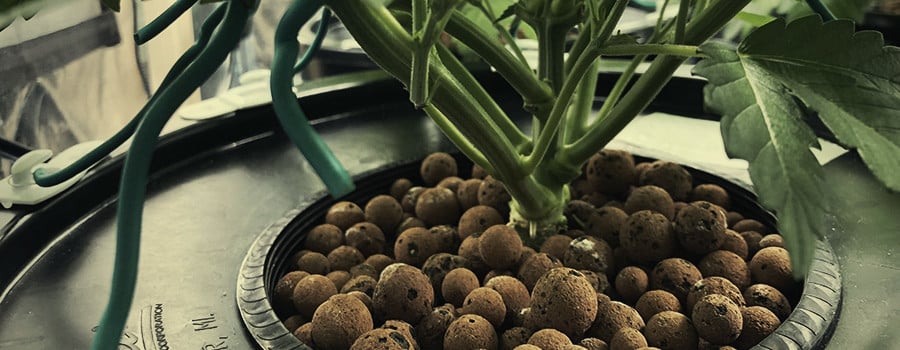
HOW CAN HYDROPONICS FIT UNDER THE “ORGANIC” UMBRELLA?
If we use the definitions outlined by the EU, hydroponics fits the requirements of organic growing in many ways.
- Sustainable cultivation systems
Hydroponic setups use roughly 10% of the water used in soil-based agriculture. Water is a valuable resource that is not infinite. It can, however, go significantly further with hydroponics and greatly benefit the local environment.
Lighting is a slightly more challenging issue to turn organic. However, it is not impossible. In a climate that can support solar panels, the sun can be used to supplement high energy costs and electricity requirements.
- Greater emphasis on environmental protection
The way in which hydroponic grows utilise space is another substantial advantage for the greater environment. Soil-based organic cultivation requires acres and acres of land to get a sizeable return. The same space replicated in a hydroponic scenario could yield up to 10 times the output. Natural habitats are preserved because more cannabis can be cultivated over a smaller area. Hydroponics can also be set up in unused urban areas, further reducing environmental impact.
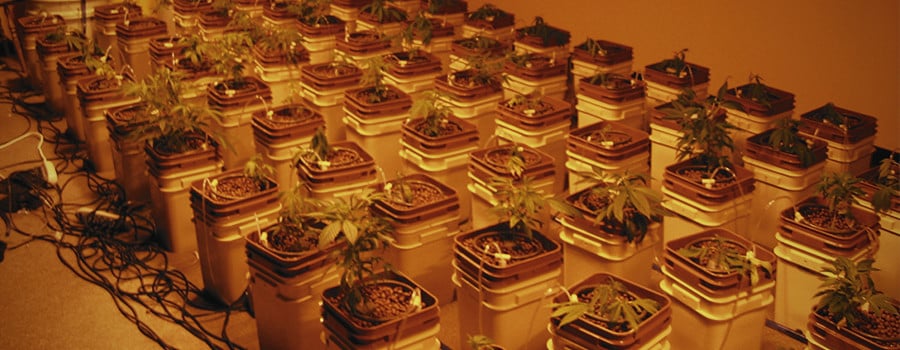
- More attention to biodiversity
Although we will cover the details shortly, aquaponics is a variation of hydroponics that uses fish to supply the necessary nutrients needed for growth. In doing so, the fish have a habitat that utilises beneficial microbes, and they can be used as a source of food once cultivation is complete.
WHAT ARE YOUR OPTIONS FOR ORGANIC GROWING?
Organic hydroponics requires several adjustments to be able to fulfill sustainable guidelines. Aquaponics and bioponics represent two of the most viable options. We cannot use synthetic nutrient solutions, as they are not organic, so we need to be creative in our methods.
- Aquaponics
As we have alluded to, aquaponics uses the nutrient-rich nature of fish excrement to supply plants. Using several tanks, one of them accommodates fish along with a biofilter. The biofilter breaks down the large nutrient particles into more manageable chunks using oxygen and biological catalysts. Without one, nutrients build up in your liquid solution, and you run the risk of encouraging pathogenic microbes, algae, and all kinds of nasty stuff you don’t want.
Aquaponics can go without a biofilter, but it would need another tank with a substrate capable of breeding the necessary microbe population. The responsibility of breaking down large nutrient molecules would fall to them, in much the same way as soil growing.
Only the filtered solution is fed to the plants before the water is again recirculated. It is entirely possible to grow healthy cannabis plants with this method. However, you would need to allow time for the bacteria and fish population to become established.
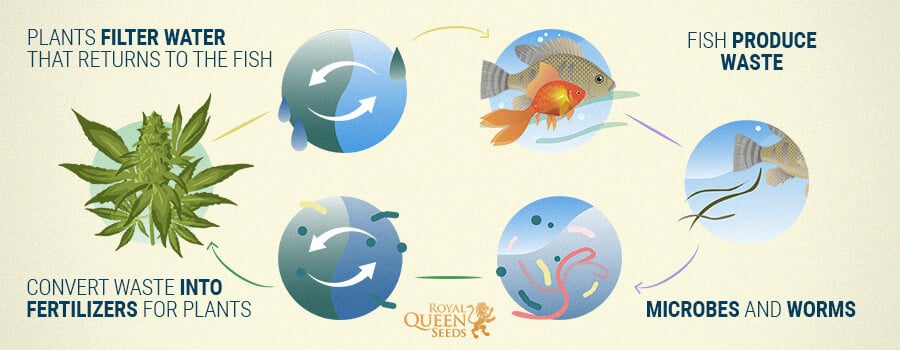
- Bioponics
Developed by William Texier, bioponics operates using a similar concept as aquaponics. The difference is, this time we don’t need the fish to supply nutrients. Instead, fully soluble nutrients are used. Cannabis would, of course, be unable to absorb these nutrients in their complete form, so we need to utilise a biofilter. The biofilter houses microbial life that performs this role perfectly.
Maintained in a separate, oxygen-rich tank, processed nutrients can be quickly pumped to cannabis plants. Bioponics has the advantage of not needing as long to be able to supply large volumes of nutrient-rich solution.
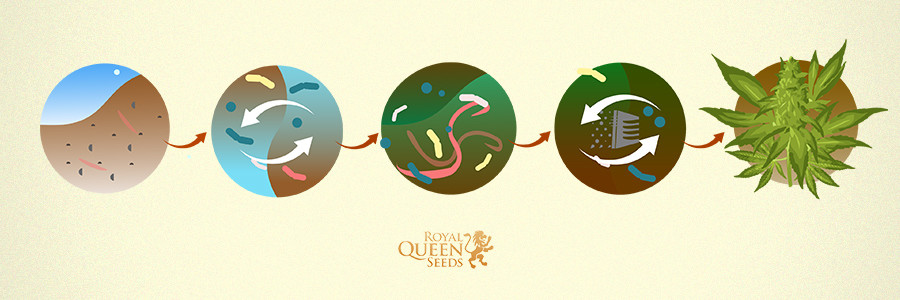
WHAT PROBLEMS WILL YOU FACE?
Organic hydroponics sounds all well and good, but if it were that easy, every setup would operate in the same way. There are several factors to consider when making the switch. The first is the additional maintenance needed.
Those organic nutrients we mentioned? The ones that are difficult for your cannabis to absorb in their complex state? Well, they are notorious for causing blockages and buildup in the intricate plumbing of hydroponic systems. Alongside the microbes needed to break nutrients down, the risk of sediment and sticky substances blocking pipes and pumps is high.
Another downside is that the population of microbes required to break down nutrient concentrations takes time to become established. Without a ready supply of available nutrients, the speed and efficacy of hydroponic growing is negated. The flip side is that once bacteria and nutrients start to accumulate, they can quickly become the problem rather than the solution. Trying to balance the necessary oxygen between all the parties involved in organic hydroponics can result in pathogenic microbes taking hold.
The final hurdle is, of course, having the expertise to set up an efficient organic hydroponic system. With opinions divided on what constitutes organic, the development of such systems doesn't always get the exposure it needs. As a home-grower, expect a substantial amount of trial and error as you learn to balance the needs of your cannabis plants. The added complications of bioponic and aquaponic cultivation represent a significant technical challenge for the inexperienced.
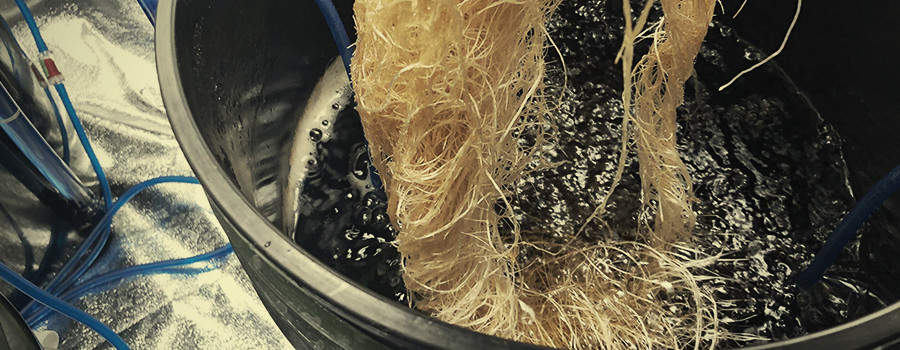
THE DEBATE RAGES ON
Now that we know the logistics of organic hydroponic growing, we come full circle to our original question. With the information provided, we can say that it is possible to grow cannabis sustainably while using a hydroponic system. Is it the purest form of organic growing? In the eyes of traditional growers, many would argue no.
In spite of your own definition of organic growing, hydroponics represents another area of cannabis cultivation that can be used to positively impact the wider environment. With several options available, the development of this niche approach should be wholeheartedly encouraged, regardless of which side of the fence you sit.















































